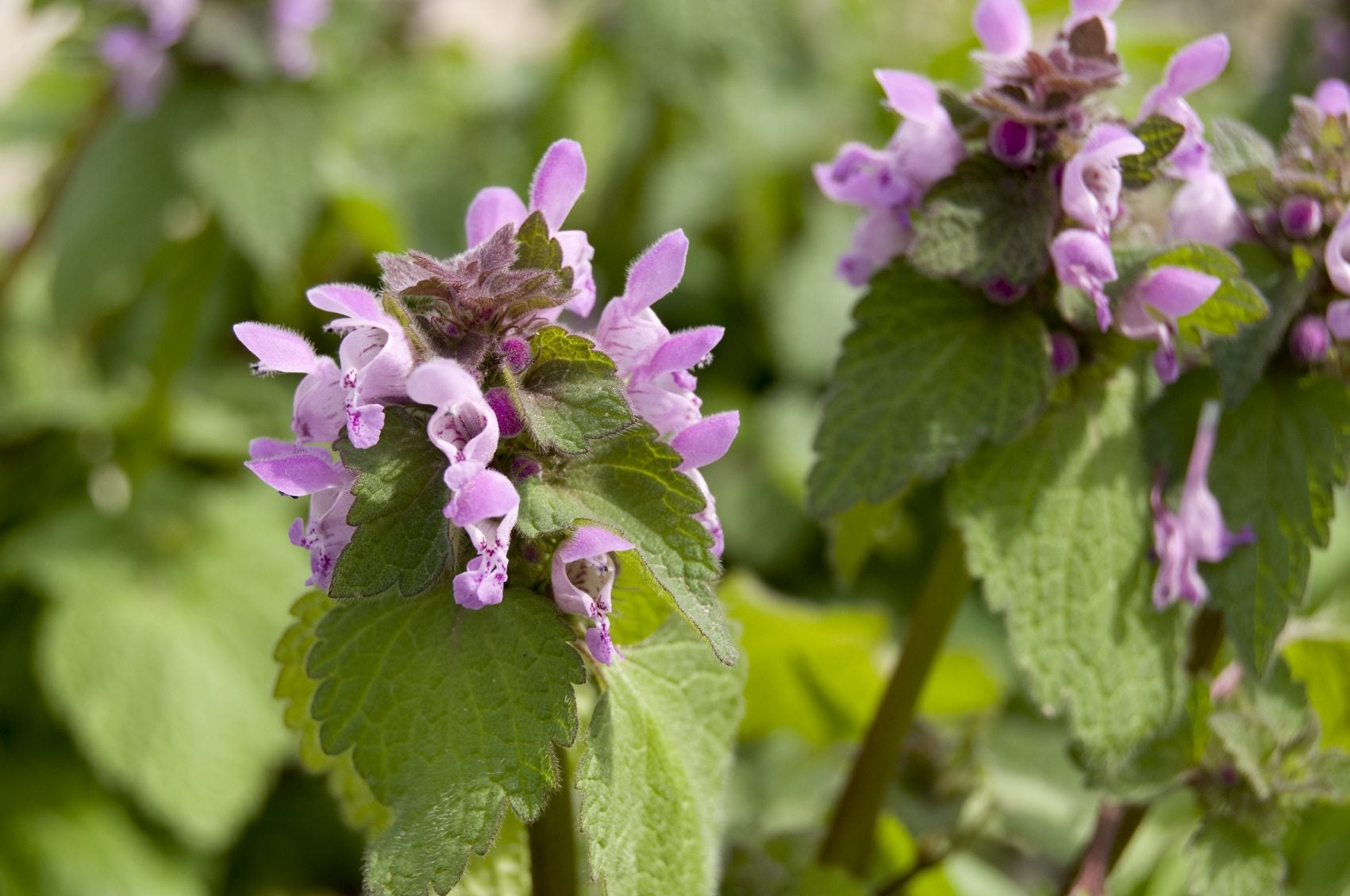Deadnettle Groundcover: Growing Deadnettle As Lawn Substitute


If you've got a sunlight-challenged patch where grass refuses to grow no matter what you do, a deadnettle groundcover may be the way to go. Deadnettle lawn alternatives are low-growing, blooming plants that produce silvery, blue-green or variegated foliage and flowers of purple, white, pink, or silver depending on the variety. If you're concerned that the plant stings, don't be. The plant earned its name only because the leaves look much like stinging nettle.
Deadnettle Uses in Lawns
This sturdy, adaptable plant tolerates nearly any type of well-drained soil, including poor, rocky, or sandy soil. Deadnettle is best for shade or partial shade, but you can grow the plant in sun if you're willing to water it frequently. However, the plant won't last long in climates warmer than USDA plant hardiness zone 8. Before you consider growing deadnettle in lawns, be aware that it has aggressive tendencies. If it outgrows its boundaries, pulling wayward plants by hand is the best means of control. You can also dig the plants and move them to more desirable locations. Similarly, deadnettle is easy to propagate by division.
Care of Deadnettle Lawns
Deadnettle withstands drought conditions but performs best with regular water. A thin layer of compost will keep the soil moist, conserve water, and provide nutrients to the roots as the material decomposes. This plant doesn't demand fertilizer, but a handful of general-purpose fertilizer applied in early spring will give the roots a boost. Sprinkle the fertilizer on the ground around the plants and immediately rinse off any that falls on the leaves. Alternatively, use a dilute solution of water-soluble fertilizer that you can spray directly on the foliage. Trim deadnettle after the first flush of blooms and again at the end of the season to keep the plant tidy and to produce bushy, compact plants. Don't worry if the plant dies back in winter; this is normal in climates with cool winters. The plant will rebound hale and hearty in spring.
Sign up for the Gardening Know How newsletter today and receive a free copy of our e-book "How to Grow Delicious Tomatoes".

A Credentialed Garden Writer, Mary H. Dyer was with Gardening Know How in the very beginning, publishing articles as early as 2007.